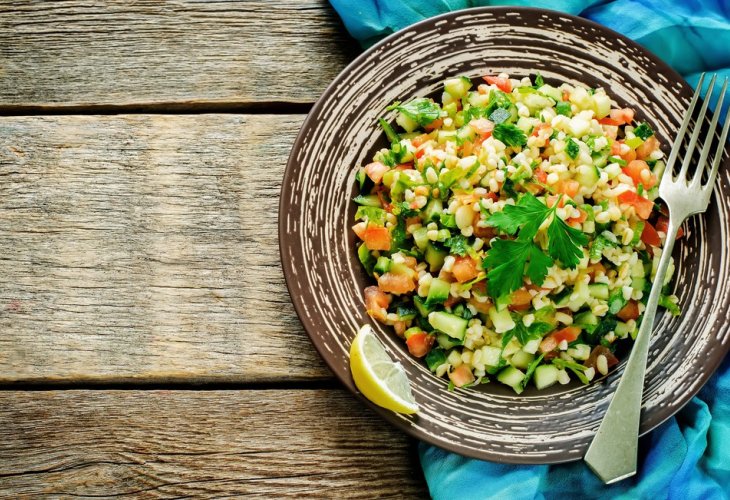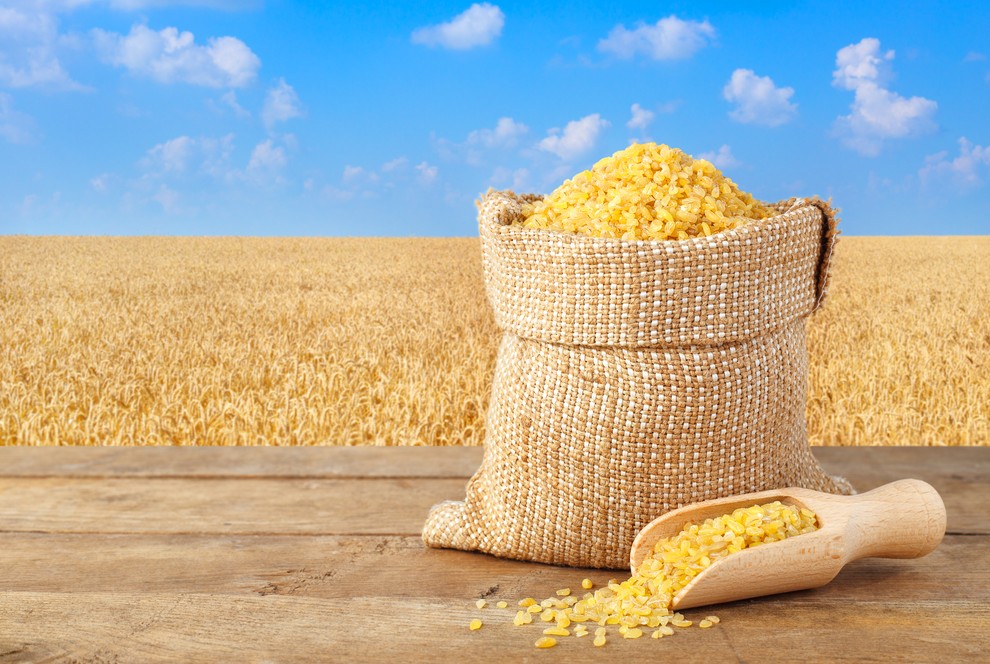Jewish Law
How Bulgur Became Kosher: The 500-Year-Old Halachic Ruling That Shaped Modern Food Laws
How Rabbi Yosef Karo’s groundbreaking decision on bulgur wheat resolved the problem of bishul akum (non-Jewish cooking) and paved the way for kosher approval of countless modern foods
 (Photo: shutterstock)
(Photo: shutterstock)There’s a fascinating halachic question that has puzzled great rabbis for hundreds of years, whose answer shaped the foundation for modern kosher supervision of processed foods.
The question sounds simple: How is it permissible to eat bulgur wheat, when it’s originally cooked by non-Jews before being sold?
Let’s explore this halachic milestone.
Ancient Roots of a Modern Grain
Bulgur carries with it ancient aromas and history. It evokes the bustling markets of old Iraq, the foods of biblical Israel (like rifot), and the cuisines of Turkey, Armenia, Syria, and Lebanon.
For centuries, bulgur — known in parts of Saudi Arabia as Najd or Al-Hasa, has been a Mediterranean staple, even reaching India.
In recent years, as global awareness of healthy, natural foods has grown, bulgur has enjoyed a massive resurgence. In the United States, it’s been ranked among the healthiest foods available, and nearly every modern restaurant offers tabbouleh salad, made with raw bulgur wheat.
But beneath its wholesome reputation lies a halachic problem that began in Ottoman-era Turkey and continues to echo through the world of kosher law.
How Bulgur Is Made — and Why It’s a Problem
The main producer of bulgur is Turkey. The process begins with durum wheat, carefully cleaned and sifted to remove stones and impurities.
After sorting, the grains are soaked in water under controlled conditions, then transferred to a perforated pot inside a larger vessel of boiling water — or, in modern factories, a steam cooker with built-in mixers.
The wheat is then boiled for one to two hours at temperatures ranging from 110°C to 150°C — meaning it’s thoroughly cooked by non-Jews.
Afterward, it’s spread across vibrating drying beds, reducing its moisture content to about 13%, then allowed to rest and harden for one or two days before being peeled and cracked into coarse, medium, or fine bulgur.
So far, so delicious — but halachically, there’s a glaring problem:
Bulgur is fully cooked by non-Jews before being packaged. Jewish law prohibits eating any food cooked by a non-Jew (bishul akum), even if all the ingredients are kosher. How, then, do we permit it?
The Shulchan Aruch’s Groundbreaking Ruling
This very question was raised by Maran Rabbi Yosef Karo, author of the Shulchan Aruch. In his responsa Avkat Rochel, he addressed the issue head-on: “Regarding wheat that non-Jews boil until it reaches the level of ma’achal ben Derusai (partially cooked), and then dry it to make groats (bulgur) so that it’s no longer edible unless cooked again — Since it must be reboiled to be eaten, and the first cooking has no visible effect, it is permitted.”
Rabbi Karo explains that because the first cooking only partially prepares the food, and it becomes inedible again after drying, the rule of bishul akum no longer applies.
Even authorities who are generally strict would agree that when a product requires full recooking by a Jew, the non-Jew’s initial cooking is halachically nullified.
 (Photo: shutterstock)
(Photo: shutterstock)A Halachic Principle With Modern Implications
This case established a major principle in Jewish food law: If a product cooked by a non-Jew must later be recooked before eating, the original cooking does not render it forbidden.
This insight paved the way for understanding countless modern foods — from instant rice and pre-steamed grains to partially cooked frozen meals and even instant noodles.
The same logic underlies ongoing halachic discussions: What about rice noodles that soften with a brief soak in hot water? Or instant soups that “cook” by adding boiling water? These all stem from the same 500-year-old debate — one that began with a simple bowl of bulgur.
What About Tabbouleh?
That brings us back to the popular tabbouleh salad, made from bulgur soaked in hot water but not re-cooked. Shouldn’t it be prohibited as bishul akum, since it’s eaten after the non-Jew’s initial cooking?
Practically, halachic authorities rule leniently: Because bulgur is generally customarily reboiled before consumption, its identity as a “cooked food” depends on common practice. Thus, the first cooking — done by non-Jews, is considered secondary and nullified, and the product remains permitted.
A few hundred years ago, a question about humble cooked wheat gave birth to a principle that still governs the kosher status of thousands of modern processed foods.
The case of bulgur shows how halachah combines precision with practicality — maintaining eternal standards while adapting to the evolving world of food production.

